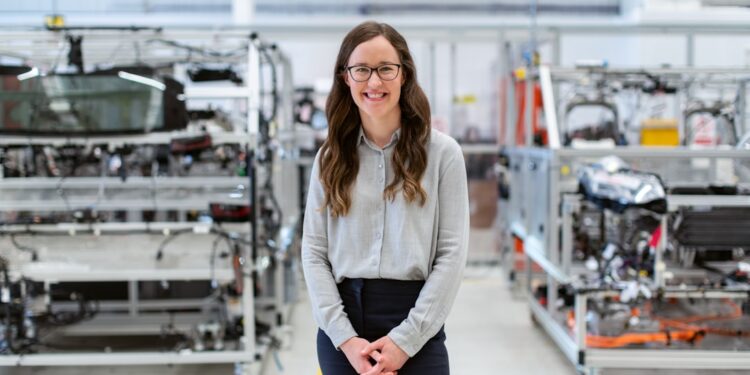Advancements in Aerospace Engineering and Space Exploration
Aerospace engineering is a field that has seen incredible advancements in recent years, leading to groundbreaking achievements in space exploration. From the development of new materials and technologies to the successful landing of rovers on Mars, the possibilities seem endless when it comes to exploring the final frontier.
One of the most significant advancements in aerospace engineering is the development of reusable rocket technology. SpaceX, the private aerospace company founded by Elon Musk, has made huge strides in this area with their Falcon 9 rocket. By successfully landing and reusing the first stage of the Falcon 9, SpaceX has drastically reduced the cost of launching payloads into space. This technology has the potential to revolutionize space travel by making it more affordable and accessible.
Another major development in aerospace engineering is the use of additive manufacturing, or 3D printing, in the production of spacecraft components. This technology allows engineers to design and manufacture complex parts with greater precision and efficiency than traditional manufacturing methods. NASA has been at the forefront of this technology, using 3D printing to produce everything from rocket engine components to tools for astronauts on the International Space Station.
Advancements in materials science have also played a crucial role in the progress of aerospace engineering. NASA’s development of lightweight yet durable materials, such as carbon fiber composites, has enabled the construction of spacecraft that can withstand the extreme conditions of space travel. These materials have also made it possible to build larger and more capable spacecraft, like the Mars rovers that have explored the Red Planet’s surface.
One of the most exciting developments in space exploration is the prospect of sending humans to Mars. NASA and SpaceX are both working on plans to establish a human presence on the Red Planet within the next few decades. This will require overcoming numerous technical challenges, such as developing the necessary life support systems, radiation protection, and propulsion technology for the long journey to Mars. However, with the rapid progress being made in aerospace engineering, this dream may soon become a reality.
In addition to manned missions to Mars, there are also plans to explore other celestial bodies in our solar system. For example, NASA’s upcoming Europa Clipper mission will send a spacecraft to Jupiter’s moon Europa to investigate its potential for hosting life. This mission will rely on cutting-edge technology and engineering solutions to navigate the harsh radiation environment and study the moon’s icy surface.
Advancements in aerospace engineering are not limited to manned missions and planetary exploration. The development of small satellites, known as CubeSats, has revolutionized the way we conduct space research. These miniature satellites are inexpensive to build and launch, making them ideal for a wide range of scientific and commercial applications. CubeSats are being used to study Earth’s climate, monitor natural disasters, and even search for exoplanets in distant star systems.
Another important area of advancement in aerospace engineering is the development of autonomous systems for space exploration. Rovers like NASA’s Curiosity and Perseverance are equipped with advanced AI algorithms that allow them to navigate autonomously across the Martian surface, avoiding obstacles and making decisions on their own. This technology could pave the way for future missions to even more distant and challenging destinations in the solar system.
In conclusion, the advancements in aerospace engineering and space exploration that we have witnessed in recent years are truly remarkable. From reusable rockets to 3D printed spacecraft components, from missions to Mars to the study of distant exoplanets, the possibilities seem endless. With continued innovation and collaboration between government agencies, private companies, and academic institutions, we can look forward to even more groundbreaking achievements in the field of aerospace engineering in the years to come. The future of space exploration has never looked brighter.















